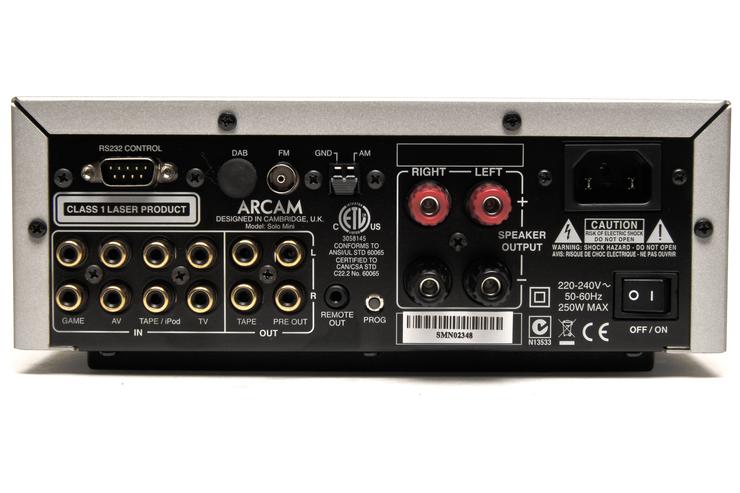The second part of our DIY home theatre series covers the selection of an A/V receiver, which powers your speakers and allows you to connect multiple audio and video devices simultaneously. (Check out the first part of this series here.)
When choosing an A/V receiver you’ll need to know a few things. What features you want? Do you need an AM/FM tuner or an in-built CD or DVD player? Secondly, what connectors do you need? For high-definition devices HDMI inputs are a must, while digital audio ports allow dedicated audio devices to be connected with a simple cable.
Most audio receivers will also have a collection of analog audio and video connectors to allow older devices to be connected simultaneously. Digital audio decoding is also important. If you want the latest and greatest in surround sound you will need to find an A/V receiver that can decode Dolby TrueHD and DTS-HD Master Audio — the two top-of-the-line Blu-ray audio standards.
With that decided, the next big question to ask when selecting an A/V receiver is what speaker setup you will be using. Whether your system is composed of satellites, bookshelf or floor-standing speakers, you will need to know how you will be setting them out in your theatre room.
5.1 Surround Sound
The classic surround sound setup is 5.1, which shot into popularity with the release of the DVD movie format. This format has two front speakers, two rear speakers, a centre speaker and a subwoofer. Since almost all subwoofers are externally powered — that is, they are not directly driven by the receiver — a '5.1'-channel A/V receiver will usually only power five channels.
Arcam’s Solo Movie 5.1 is typical of 5.1 channel receivers. It pumps 50 Watts RMS to five channels simultaneously, has outputs to connect a subwoofer and includes a variety of audio and video inputs to allow plenty of devices to be connected simultaneously. It also has several HDMI inputs and an output to allow high-definition devices to be connected. Plenty of audio inputs mean you will be able to connect all your analog and digital audio devices as well.
7.1 Surround Sound
The current king of the hill, 7.1 surround sound adds a further two speakers to the 5.1 standard. In addition to the two front speakers, two rear speakers, centre speaker and subwoofer, the soundstage is enhanced by two additional side speakers. The value of these extra two channels is questionable, but if you want the best then you should shell out for it, right?
Sony’s STRDA2400ES is a 7.1 channel receiver with all the extras. With such an enthusiast-focused device it is no surprise to see a wide range of surround sound audio decoders — from the DVD standard Dolby Digital to DTS-ES (Extended Surround) for full-surround Blu-ray playback. It has four HDMI inputs to allow a vast range of digital devices to be connected simultaneously, along with a massive array of analog video inputs. Several dedicated audio inputs mean you’ll be able to connect multiple CD players or turntables if you are an audiophile.
Stereo
Maybe you are old-school and think that surround sound is a gimmick — or maybe you simply do not have space to put eight large speakers and an over-sized amplifier. Thankfully stereo A/V receiver components are usually smaller and lighter — with a few notable exceptions — and are therefore easy to hide. There are no fancy surround effects here — just simple, honest stereo audio.
Arcam’s Solo Mini fits an integrated amplifier, CD player and radio tuner into a box half the width of a traditional hi-fi component. This means it can be easily hidden away in a DVD storage cupboard. It puts out a relatively low 25 Watts RMS to two channels so efficient speakers are required to get loud sound.
If you need excessive amounts of power, though, have a look at Harman Kardon’s range of stereo receivers. The HK 3490 blasts out an earth-shattering 120 Watts to two channels with an aural range of 10-110,000Hz.
Whatever your choice of A/V receiver, make sure you shop around — online and in-store — to ensure you are getting the best deal. If you can haggle proficiently, use that to your advantage — any money you save by getting free cables or a discount can go to another part of your home theatre to make the experience even better.


























